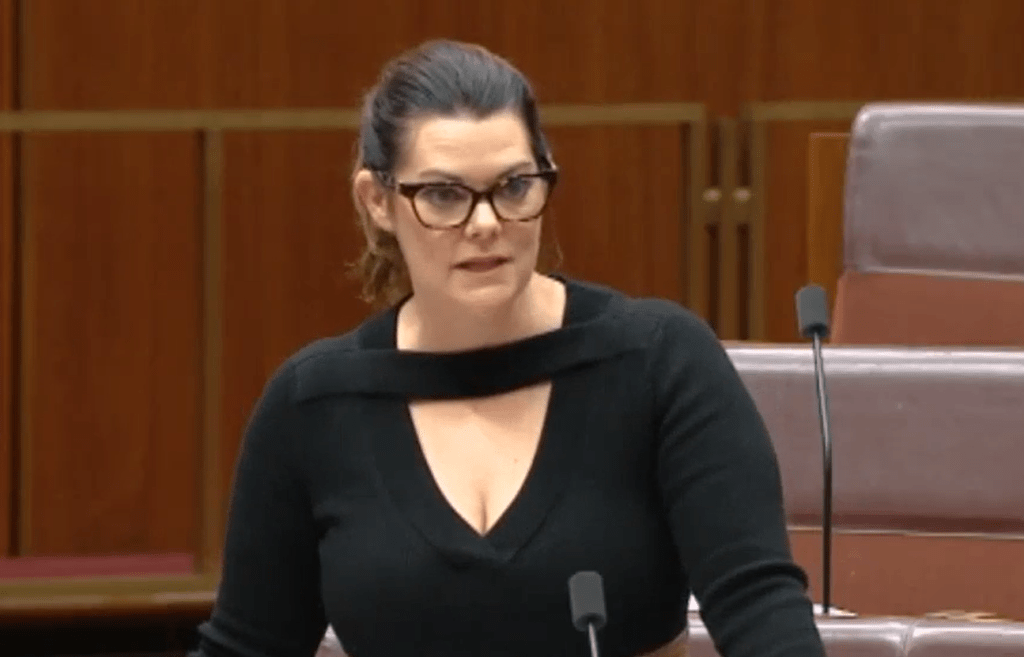Screen Producers Australia CEO Matthew Deaner has warned that Australia’s screen industry risks going forward as a “service provider for Hollywood productions” instead of growing its own storytelling capabilities after legislation to boost the Location Offset passed through parliament last week with still no update government’s plan for streaming quotas.
Under amendments to the Income Tax Assessment Act 1997, the Location Offset has been permanently raised to 30 per cent and the minimum qualifying Australian production expenditure thresholds increased from $15 million and $1 million per hour for television series to $20 million and $1.5 million per hour for TV series.
The legislation introduces a new minimum expenditure threshold for drama series of $35 million per season in qualifying Australian production expenditure for the Producer Offset, meaning series that film significant numbers of hours over a season but do not meet the per hour threshold can now benefit from the offset.
Ausfilm and the Media Entertainment and Arts Alliance were among those to welcome the confirmation of the changes last Thursday, with the former noting Australia was now “one of the most competitive” places to make film and TV, while the latter declared on social media the 30 per cent Location Offset deliver “more ‘bang-for-buck’ than the ad-hoc top-ups of the last decade”.
Deaner said while the outcome was “great news” for non-Australian productions, it had come amid “great angst” within the local industry, following the lapsed July 1 deadline for streaming regulation.
“Over the past week, I’ve been contacted by members around Australia who are concerned about where our industry now stands,” he said.
“This is particularly the case as the 1 July 2024 start date for streaming regulation has come and gone with no new timeframe from the Government. Without a counterbalance in local works and robust commissioning, the changes that passed Parliament last week will mean that the Australian screen sector is on track to develop more as a service provider for Hollywood productions, who are encouraged here to take advantage of generous rebates, rather than grow our own local storytelling capabilities.”
The long-awaited legislation, under which content quotas would be introduced for streaming services that operate in Australia, has been referenced across multiple Senate hearings in the past few months as part of interim report into the Government’s National Cultural Policy.
Lines of inquiry have included the impact of the Australia-United States Free Trade Agreement (FTA) in shaping the legislation, and the potential spread of misinformation based on government’s Targeted Consultation Paper – Refined Models.

In May, the Environment and Communications References Committee recommended local content quotas for streaming services are introduced as a priority, noting “more needs to be done to support a local screen industry, to redress the power imbalance between global streaming companies and local screen producers and artists, and to ensure that intellectual rights are retained in Australia”.
Committee chair Sarah Hanson-Young addressed the lapsed July 1 deadline in the Senate last week, accusing the government of “rolling over and cowering to the big streaming giants”.
“The government’s broken their promise,” she said
“They’re letting Netflix write the rules and instead what we have bundled up in a bill with all these other things that are not related to the film industry [is] a tax offset for Hollywood.”
In a statement to IF, Arts Minister Tony Burke played down concerns regarding the delay while also noting the role of Location and Producer Offsets in the screen ecosystem.
“Australian producers rely heavily on the [Location and Producer] offsets,” he said.
“They are critically important. I’m proud that in both Government and in opposition, I have ensured they were only ever strengthened and not weakened.
“On streaming, the Government made the commitment last year to legislate for Australian content quotas on streaming platforms. Consultation is taking longer than we had hoped, but we are determined to get this right. This will make a real difference to ensuring that there is always Australian content available regardless of how you use your TV.”


